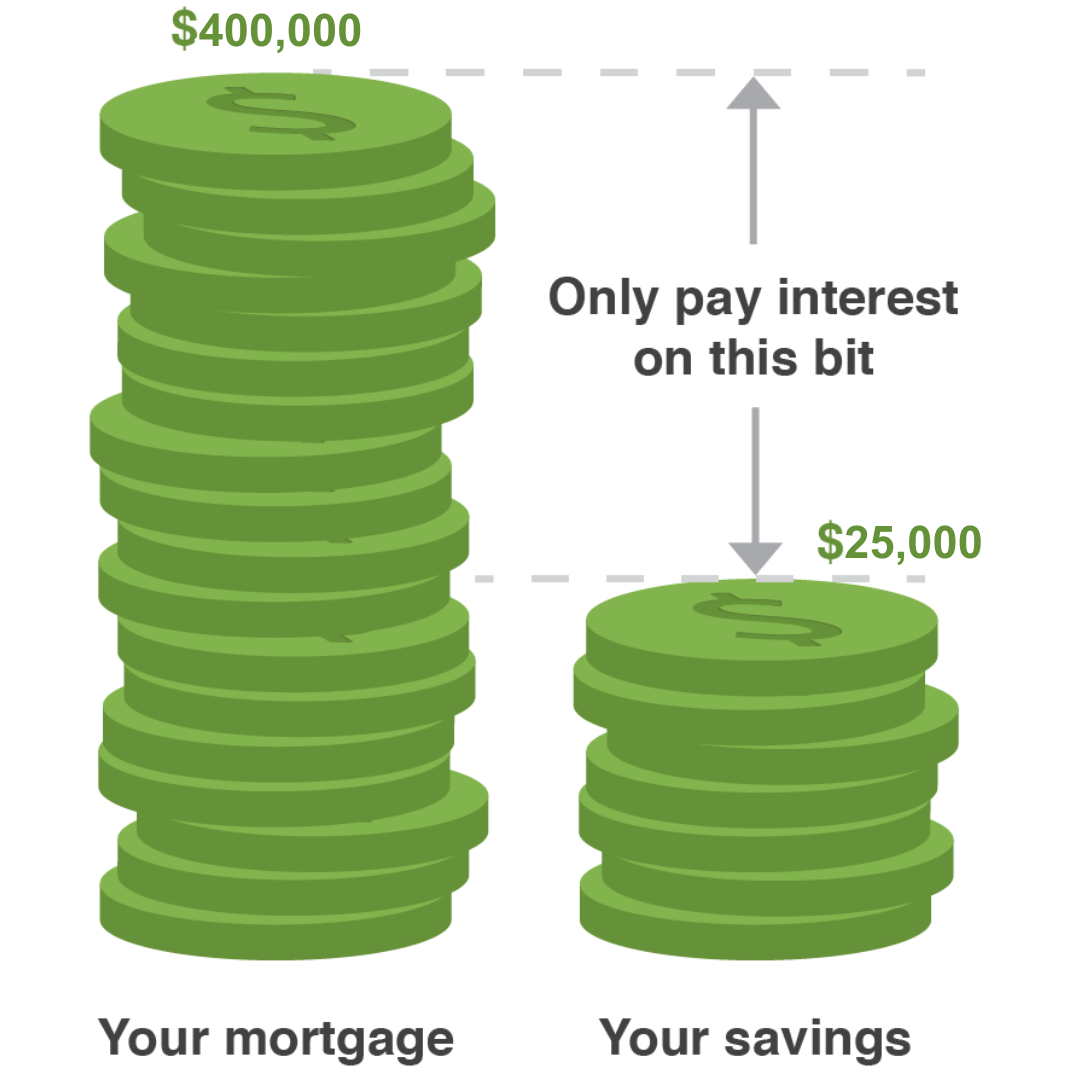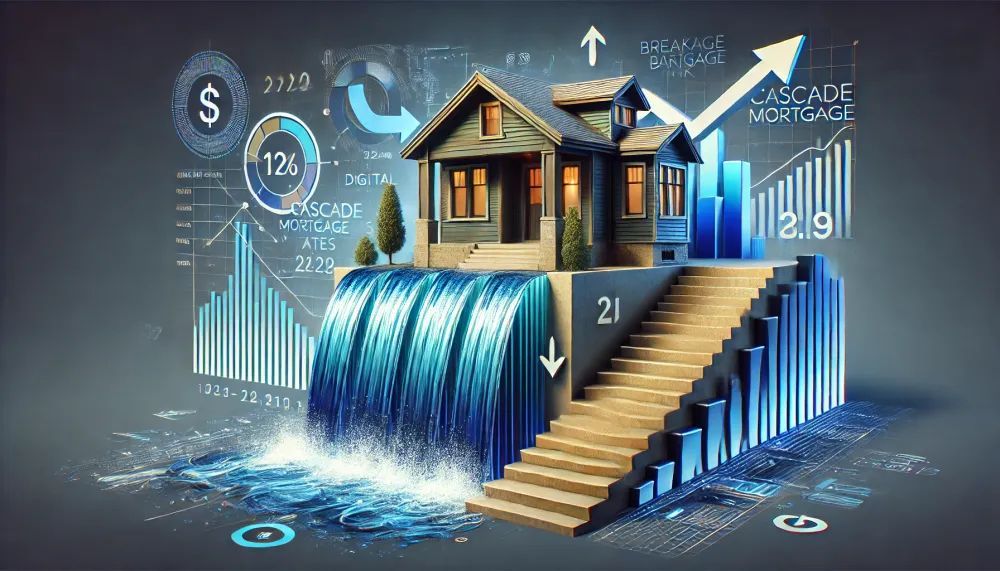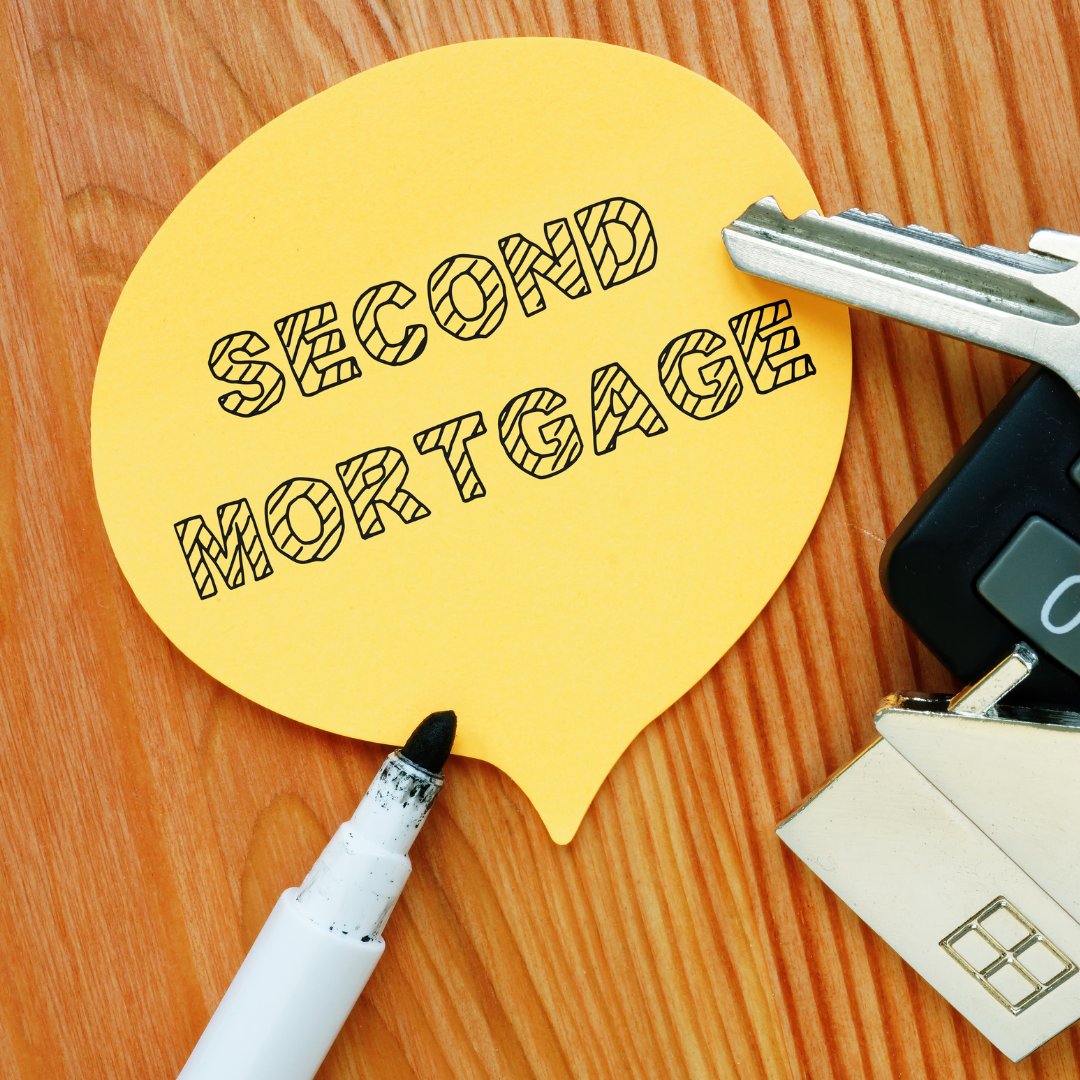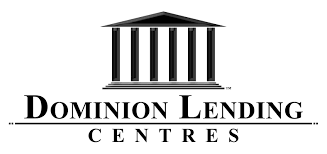First Home Savings Account (FHSA) Officially Launched
Under this program, prospective first-time home buyers will have the ability to save $40,000 on a tax-free basis.
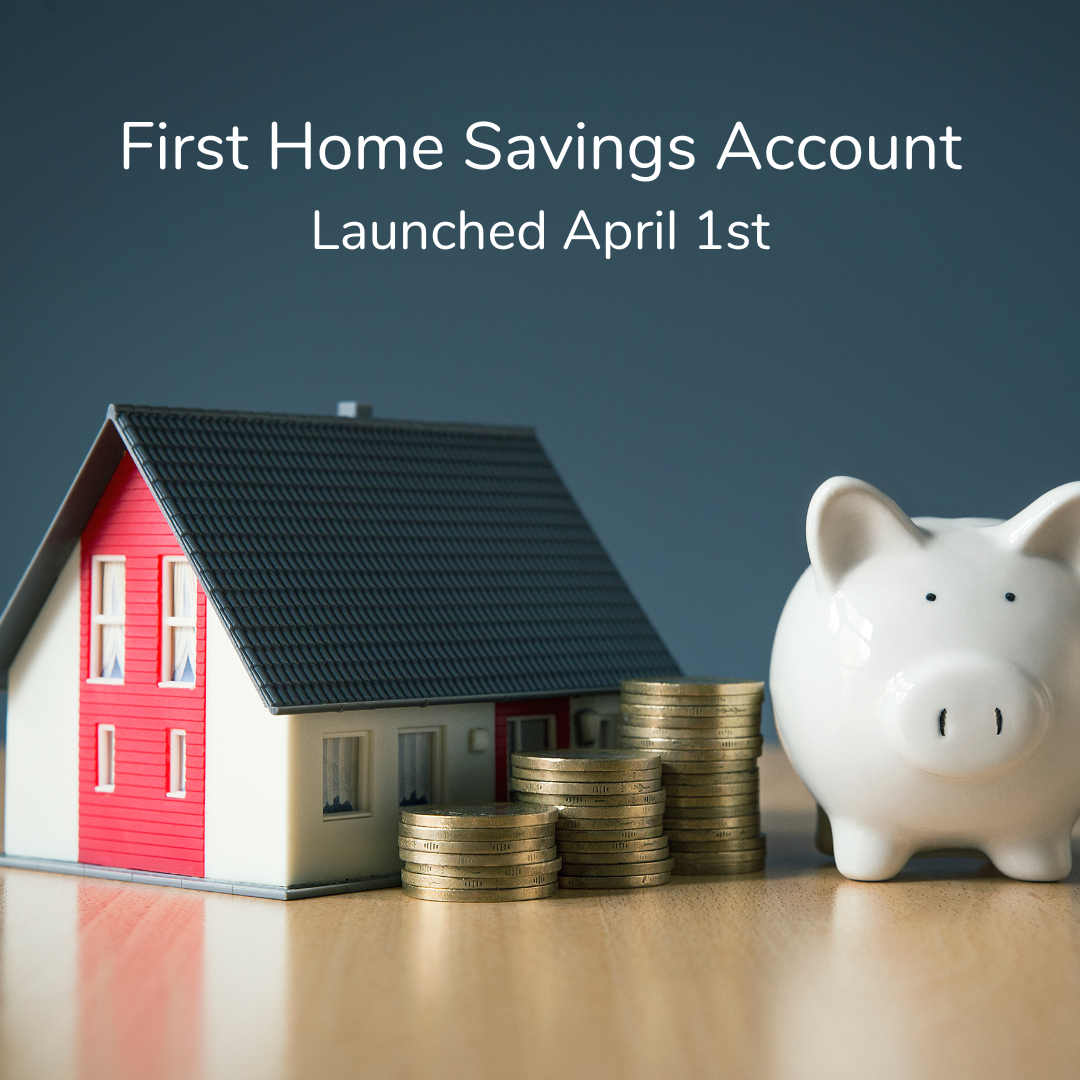
The Government has confirmed that as of April 1, 2023, financial institutions will have the ability to start offering the new Tax-Free First Home Savings Account (FHSA).
Under this program, prospective first-time home buyers will have the ability to save $40,000 on a tax-free basis, and like a Registered Retirement Savings Plan (RRSP), contributions will be tax deductible. When a client makes a withdrawal from the plan to purchase their first home, that withdrawal is non-taxable, just like a TFSA. This plan includes an $8,000 annual contribution limit and a $ 40,000 lifetime contribution limit.
For those who are purchasing with a partner/spouse who is also eligible under this program, both applicants will have access to the $8,000, thus doubling their lifetime contribution limit to $80,000.
Program Highlights
- The FHSA and HBP (Home Buyers’ Plan – RRSP down payment program for First Time Buyers) can now be combined on the same qualifying purchase.
- Applicant must be a resident of Canada and between the age of 18 and 71 years old.
- Must be a first-time home buyer, defined as someone who has not owned a home in which they have lived at any time during the calendar year before the account is opened, or at any time in the preceding four years.
- Owner of the plan would have the ability to hold a broad range of investments, just like an RRSP or TFSA.
- Unlike an RRSP, contributions made in the first 60 days of a calendar year cannot be applied to the previous tax year.
- Homebuyer has up to 15 years from their first contribution or until their 71st birthday, whichever comes first, to use the funds to purchase a home.
- Home buyers can carry forward unused portions of their annual contribution (up to max. $8,000) to subsequent years, as long as they do not exceed the lifetime limit of $40,000.
- Funds that are not withdrawn from the plan to purchase a home can be transferred to an RRSP or RRIF on a tax-free basis.
- Gains and withdrawals are tax-free if used to buy a qualifying principal residence.
- Non-qualified withdrawals from the plan are permitted but will be subject to a withholding tax, just as they apply to taxable RRSP withdrawals.
For complete information, please click the link to view the Government Tax-Free First Home Savings Account web page.
This is general information that's subject to change. It's provided as-is and is not meant to be advice, including but not limited to tax, legal or investing advice. Readers should consult a tax professional for guidance applicable to their circumstances.
Let’s get moving
Our latest articles
